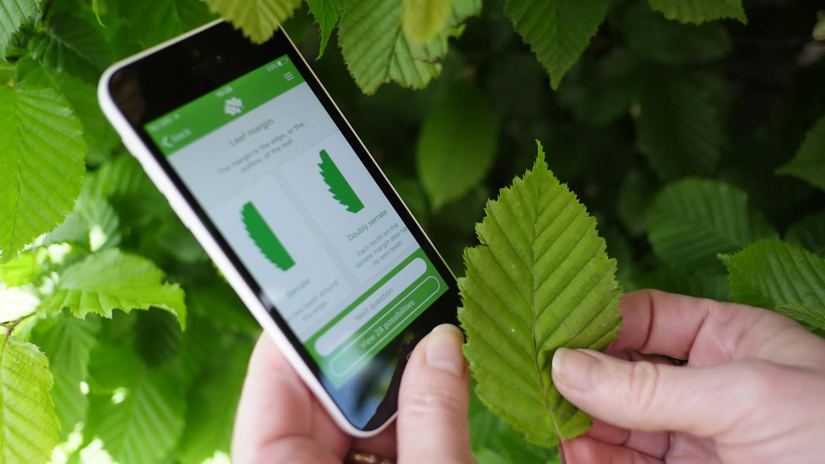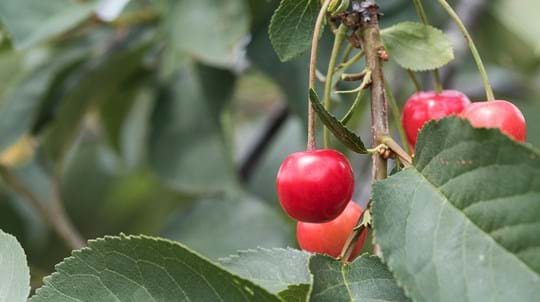
Credit: Nature Photographers Ltd / WTML
Leaves
These vary in shape, depending on the subspecies, but commonly they are oval with a short point at the top or teardrop-shaped. There are small teeth around the margins of the leaves and it is smooth on top. Some leaves will be downy underneath.


















